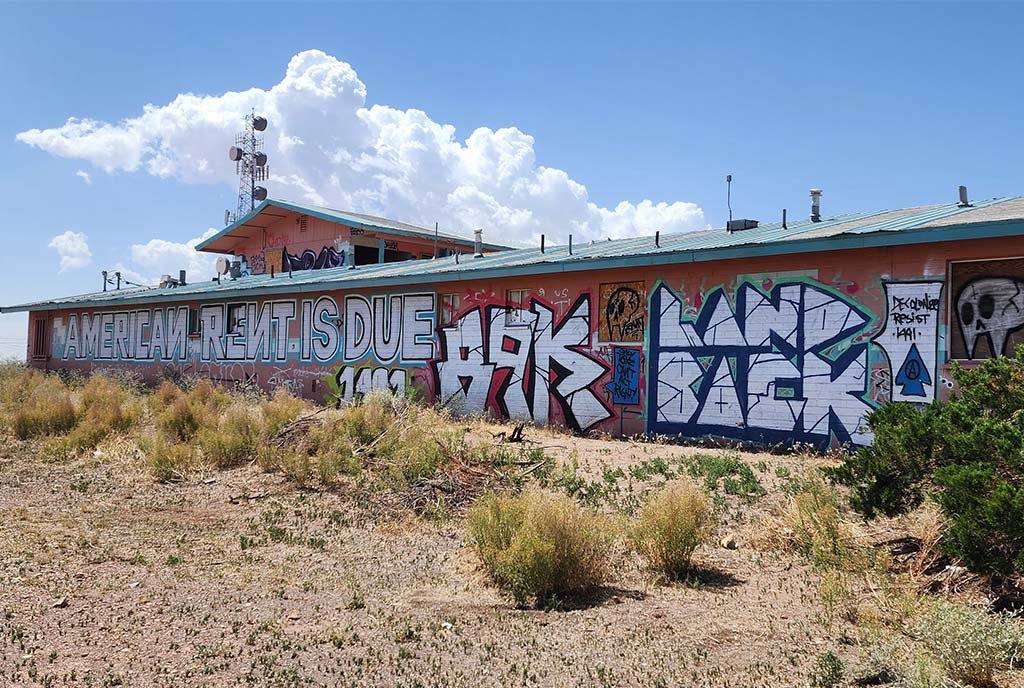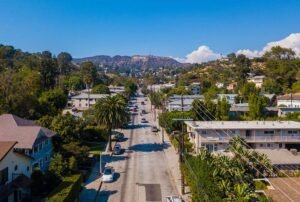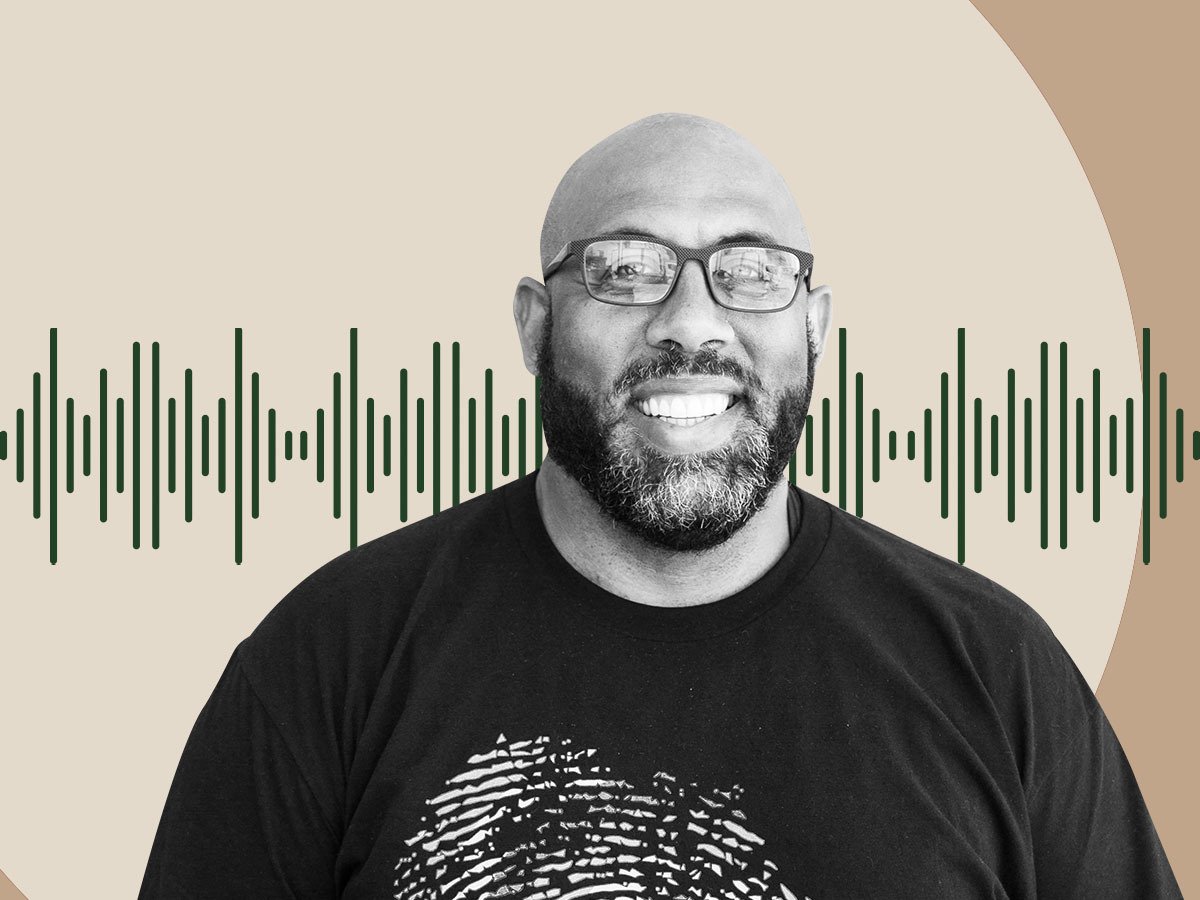
Working in the land reparations space can sometimes feel like a Sisyphean struggle—and healing collective wounds can be harrowing. There are, however, some halting steps forward.
Events like the California state legislature’s approval of a law in 2021 that authorized the return of Bruce’s Beach to the heirs of the family who had lost their land to eminent domain nearly a century before (and the subsequent vote by the Los Angeles County Board of Supervisors to follow through and return the land in 2022) marked a powerful moment of Black land return.
Such moments are lauded and pedestalized but often lack further interrogation into why activism to reclaim formerly Black-owned land is necessary in the first place.
A Black Community Disrupted by Racism
When you dive a little further into the story of Bruce’s Beach, you gain a greater appreciation of some of the mechanisms by which White theft of Black lands regularly took place.
The story begins in 1912, when Bruce’s Lodge, affectionately known as Bruce’s Beach, became a Black community’s anchor in Manhattan Beach, CA, a suburb located five miles south of where Los Angeles International Airport lies today.
As children of the Great Migration, Charles and Willa Bruce moved west in hopes of escaping the terror of the Jim Crow South. Even though the state of California was being promoted as a land of opportunity for Black Americans by the Black newspaper the Liberator, racism in the state remained pervasive.
After buying two plots of land, the Bruces created Bruce’s Lodge, which became the North Star that brought Black beachgoers and Black landowners to Manhattan Beach. The space bustled with culture and served as a lodge, cafe, and dance hall for Black people who wanted a reprieve from segregation and racial trauma.
Yet, as has often been the case in US history, Black progress catalyzed White rage. In 1924, a petition started by White residents prompted the Manhattan Beach City Council to condemn the premiere beachfront resort under eminent domain. After destroying it, the city claimed a park would be built. However, the land remained unoccupied for decades after demolition.
The Bruce family received for their lands the exceedingly modest sum of $14,500—or an estimated $254,000 in current dollars—which was far less than the land’s value. Effectively, this was state-sanctioned land theft.
Indeed, when the Bruces opted to sell the land back to Los Angeles County for its true market value in 2023, they received $20 million, nearly 80 times more in inflation-adjusted dollars than what the Bruce family had received when the land was condemned using eminent domain a century before.
A Movement Is Born
On Juneteenth in 2020, coauthor Kavon Ward founded Justice for Bruce’s Beach. Less than two years later, the land was returned to the Bruce family. This victory is inspiring other cities—like nearby Santa Monica and Hayward in the San Francisco Bay Area—to interrogate their histories with Black land theft.
As a result of land theft, Black people lost their communities, their connection to the land, and their right to self-determination again.
Clearly, much work remains to be done. The model being developed in California, merging both legislative advocacy and activism, could, we believe, be scaled nationally.
And the movement is hardly just about Black lands. At Where is My Land, the group where we now work, we take inspiration from the Land Back movement launched by our Indigenous brothers and sisters. This movement continues to see an uptick in land rematriation, including the June 2024 state-approved transfer of 2,800 acres in Siskiyou County to the Shasta Indian Nation.
In January 2024, the Black Caucus in the California state legislature introduced a reparations policy package. Black land back was one of the items on the agenda with SB 1050, a bill that would compensate victims of racially based eminent domain. When we learned of the potential legislation, it was a moment of respite. Not only did SB 1050 pass in the state senate (it is still pending in the state assembly), but our advocacy efforts ensured provisions for land back in the legislation.
A History of Black Land Loss
Historically, Black land theft has been extensive. Even though the overwhelming majority of Black Americans were enslaved until the US Civil War, in the following half-century, Black people defied all odds and began their journey to the American Dream through landownership, primarily in the South. Estimates vary, but by 1910 the amount of land owned by Black Americans was as high as 19 million acres, or about 14 percent of all titled land. By 1997, however, Black Americans owned only 1.3 percent of all titled land, a 90 percent decline.
The loss has been conservatively estimated at $326 billion, reinforcing the nation’s enormous racial wealth gap. In California, for instance, data suggest that at current rates of wealth accumulation, it will take 248 years to close the gap between Black and White Californians. In many places, the racial wealth gap is widening.
And this only quantifies the numeric loss. As a result of land theft, Black people lost their communities, their connection to the land, and their right to self-determination again. We became domestic refugees—which led to a phenomenon known as the Great Migration. The reparations movement aims to salve wounds that aren’t just economic; they are spiritual—many victims of land theft are ashamed to unearth the traumatic wounds of loss and displacement.
The case for Black land back makes itself. Anti-Black racism, in both consciousness and practice, has permeated every sector, as evidenced by the wealth gap, incarceration rates, and so on.
Sign up for our free newsletters
Subscribe to NPQ's newsletters to have our top stories delivered directly to your inbox.
By signing up, you agree to our privacy policy and terms of use, and to receive messages from NPQ and our partners.
Reparations and Resistance
While numerous reparations task forces and commissions are cropping up in places like Boston, MA, and Asheville, NC, these groups typically take years to formulate repair recommendations. Unfortunately, every year is another opportunity for existing disparities to entrench themselves further. Frankly, there is not a moment to spare.
While legislation can aid sweeping reform, we cannot leave repair solely in the hands of those primarily responsible for the harm.
That is where organizing comes in—to demand what families are rightfully owed.
Our client, the Russell City Descendants for Restorative Justice, knows this well. Their 1,400-person community was razed to the ground in 1948 under the guise of eminent domain, and their wealth was wiped out. In 2022, the city of Hayward formed the Russell City Reparative Justice Project steering committee to research and prepare restitution recommendations for victims who had their homes seized and destroyed by Hayward City and Alameda County.
In the beginning, committee members were given suggestions and asked to use a green-yellow-red traffic light system to indicate what they would be inclined to support. Getting a green light was a plaque. Among the red lights was land back. This is common: city officials often placate victims by erecting monuments. But monuments, while symbolically important, do not bridge the racial wealth gap.
That is where organizing comes in—to demand what families are rightfully owed. Families need organizational support to push back and resist the pacification attempts that come with bureaucratic progress.
Justice for Bruce’s Beach and Where Is My Land were formed to address precisely this challenge. It is estimated that one million Black farming families were displaced due to land theft. And those are the stories that we know. How many have been hidden in plain sight?
The void we aim to help fill is large. There are allies in the field, such as the Decolonizing Wealth Project and Liberation Ventures. Decolonizing Wealth’s #Case4Reparations fund integrates investments in repair into their permanent funding model. Liberation Ventures (LV) was founded to foster a culture of repair. But these groups remain outliers.
Our work is also supplemented by incredible movement lawyers and lawyers-to-be at Loyola Law School; University of California, Los Angeles; and Howard University Law School, who contribute pro bono legal support. We are grateful to those who invest in this work even when it does not materially benefit them, but more support is needed.
Sustained, consistent funding needs to be infused into immediate solutions to improve the material conditions of Black life in the present moment.
Resourcing the Movement
Black land back is imperative. Organizing to achieve this, both through legislation and case-based advocacy, is paramount, but field experts cannot move the needle en masse without funding support.
At present, our organization has a team of six. We seek to support over 400 families with land theft claims. In short, we are acutely aware of this issue’s urgency and scale.
Black land theft has been endemic across the country. Some 56 percent of our claims are in the South, 28 percent in the West, 9 percent in the Midwest, and 7 percent in the Northeast. This mass, systematic displacement of Black families wrought devastation that has reverberated through generations.
This movement work is costly. Our annual operating budget is $3.5 million. At times, meeting payroll is a challenge. We are not unique. This is a disheartening reality that Black-led organizations have to contend with. According to Echoing Green, as of 2019, Black-led nonprofits, on average, have 24 percent less revenues than comparable White-led nonprofits and 76 percent less unrestricted net assets.
The rise—and now seeming fall—of diversity, equity, and inclusion initiatives demonstrate that a cultural shift is sorely needed to make consistent progress.
Recently, we were invited to the opening plenary of the Grantmakers for Effective Organization’s funder conference in Los Angeles, CA. They asked Kavon to recite her poem, “Reparations.” We approached this opportunity warily. We’ve never been an organization to tread lightly around White guilt. In this line of work, White discomfort is common. We do not mince words or try to distill our message into something more digestible. To our surprise, after her remarks, she received a standing ovation.
The outpouring of support in that room needs to translate materially. Sustained, consistent funding needs to be infused into immediate solutions to improve the material conditions of Black life in the present moment.
Our relative success, we hope, is a sign that the reparations movement is gaining traction. But many more funders need to step up and help sustain reparations work nationally.












